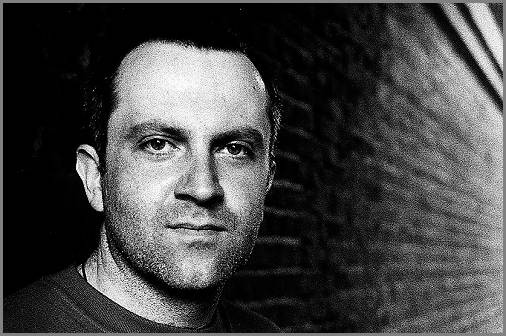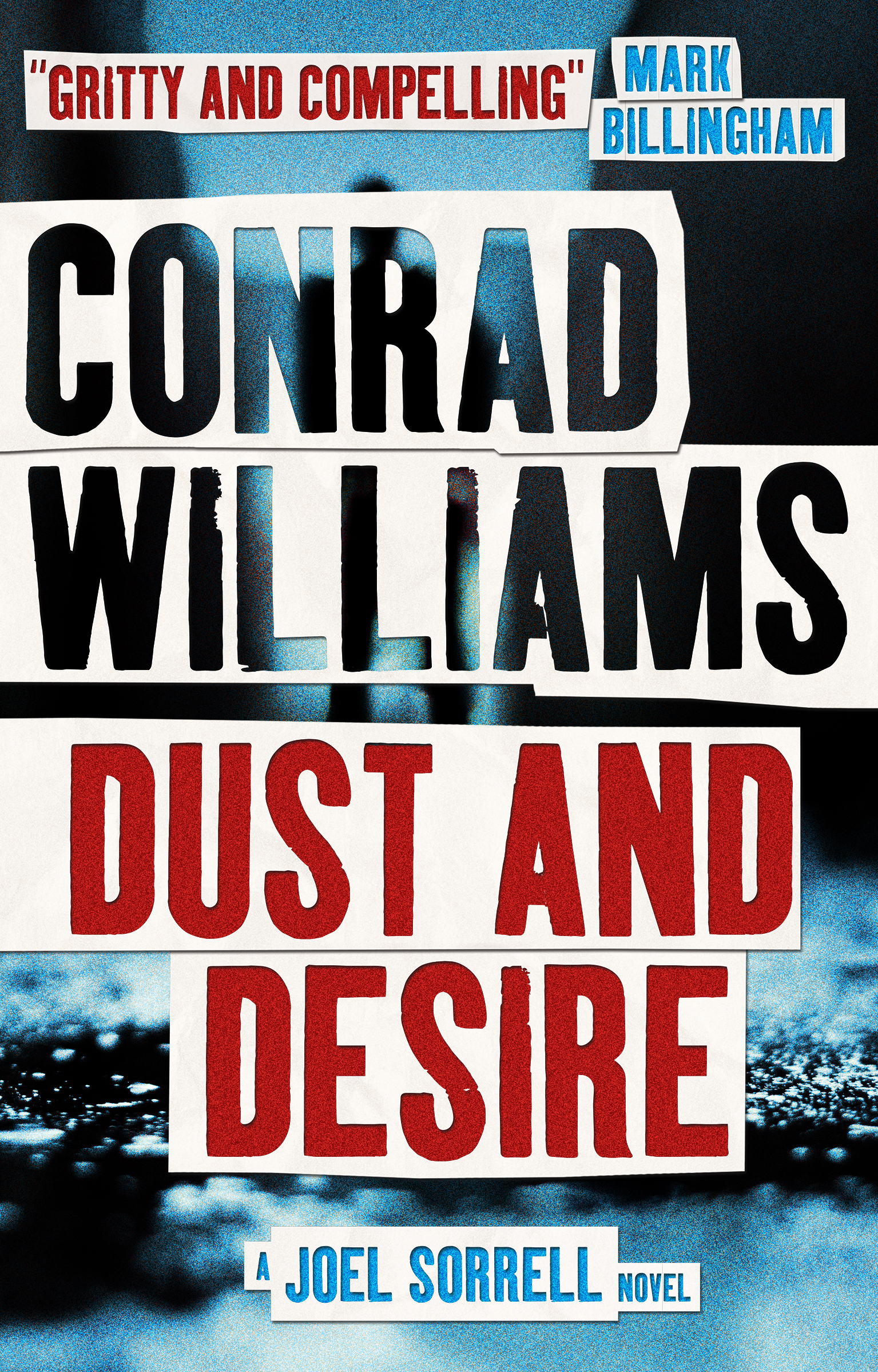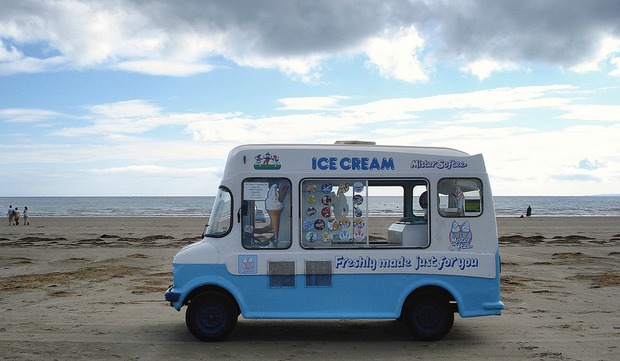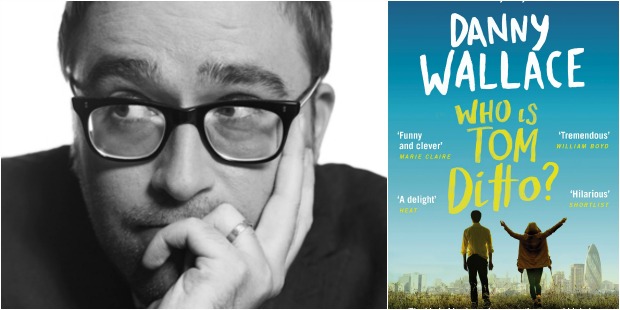You have no items in your cart. Want to get some nice things?
Go shopping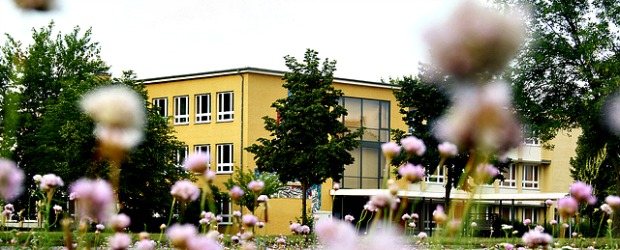
The Time Capsule
Two large blotches of rainwater have stained the dark granite of the plaque at my feet but the lettering still stands out, slim crisp capitals made of steel. In German, the plaque announces: “To you young builders of Communism, this dispatch from the year 1980 is to be opened on the 100th anniversary of the town and its factory in the year 2050”. The “you”is the familiar form, striking a tone of comradely friendship between the generations. Some of the letters have gone missing and left only a pale, letter-shaped setting. Beneath the plaque, clearly, lies a time capsule, still on trajectory, cruising towards a vanished future while the world has gone off at a tangent, a sharp angle to another, less heroically imagined, horizon.
Who will open this, mid-century? —a time still so far away that it’s possible to have the same space-age fantasies as the contributors to the time capsule may have had: no Marxist idyll, obviously, but jet-packs and bionic body parts, for sure…More curiously: what will they make of it? Of the objects from a country that in 25 years has almost disappeared from view? What’s in that capsule, anyway? I’m dying to find out. A leather bound copy of Das Kapital, perhaps, but then? —Photos of the local steelworkers? Tables of production targets, proudly met? Photos of some Free German Youth camp, a long-lost summer evening thirty five years ago, among birch trees or on the Baltic dunes? I’ll never know.
This is a steel mill town, not far from Berlin. A mile away, the river Oder marks the border with Poland. The place where I’m standing is a Soviet war memorial, adjoining a square where tiny weeds are breaking through around each concrete paving stone. It’s a public holiday today, and perhaps, I reason, that’s why this square is so deserted, so abandoned to swallows and to silence.
Utopia
I moved to Berlin in the year 2000, just in time to see it go bankrupt. It was ten years since reunification, and though the split in the city was beginning to heal, you could always tell when you were in the former east. There were rows of Plattenbauten, poky and cheap or dominatingly massive, and on a few of the ancient pre-war buildings no one had repaired the bullet holes from May 1945: the plaster around apartment windows was peppered with machine gun damage; sometimes there was a spectacular gouge where a stray shell fragment, perhaps, had punched the building. The enormous cosmetic job of bringing the city up to date was just beginning: Potsdamer Platz was a building site; the U-Bahn line 2 still ran flimsy carriages with corrugated sides, GDR relics; Alexanderplatz was full of mean snowflakes in the bitter air, and architecture from the Honecker era. I walked around and looked and fell in love with this scuffed and battered city. Sleazy, insouciant, grouchy, bleak. Blunt, cheap, edgy. Ah, what great days. I thought I would stay forever.
East Germany was a thing of the past, but Ostalgie was everywhere. I taught English to Ossis who’d spent their long-gone schooldays learning Russian. They were hearty and forthright and sincere, and they spoke of the past with a kind of wistfulness. Not a hankering for socialism, but for a set of shared values and experiences that the new capitalist system didn’t quite make room for, as if, now transported to this new country by history and politics, they were suffering from a mild and unexpected culture shock. I wondered what it was like to come from a country that was now in the past, and slowly vanishing, everywhere, from view.
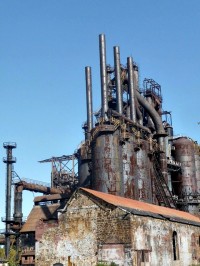
The steel mill town
Nowhere else like this exists in Germany. Eisenhüttenstadt, the steel mill town, was built entirely from scratch on a piece of countryside near the Polish border. It comprised a steel works and four housing complexes, each for around 5 000 workers. It was a fledgling state’s stab at utopia.
I came here to research it for two reasons. The first is curiosity: to find a place where the physical legacy of the GDR still remains —and this place, being special, is protected by a conservation order: not so much modern ruins as the leftovers of a historical era. Fascinated by utopian projects, I’m also here to tease out the idealistic elements, but I wasn’t prepared for either the scale of this project, or the visual appeal of the town. Forget, for a moment, all your memories of the old TV footage of the Eastern Bloc —those grim citizens queuing in their fur hats, or driving their identical cars in the grainy winter air. Despite its name, Eisenhüttenstadt is spacious and leafy, clean and safe. Instead of uniformity, there’s coherence. A modest grandeur and attention to detail run through everything. After arrival, I walk around for hours, admiring street after street of apartment blocks with their borrowed Soviet Russian grandeur. The decoration is restrained and classical, with chunky, folky touches here and there. The colours are cream, beige, gold, dove grey, dark pink. The long facades sweep down the streets, eased by offset blocks and roofline and window detail. Wide grass verges run alongside. There are paved, shaded squares. High archways in the apartment blocks lead to huge green inner courts full of trees. Pausing by one of these, I stare in. It’s deserted. The grass has grown high and wild in the summer rain.
The tourist office has provided me with a guide, a long-term resident and local expert. Expert. He really does have an answer for any question I throw at him —and I can throw a lot of questions. He meets me in Rosa-Luxemburg-Strasse, and as we walk around, the history of the town pours out: it’s 1950; the GDR is desperately impoverished after the war, and urgently needs some industry. A site is selected, up goes the first basic steelworks, and the first of the four housing complexes is built within two years. By 1957, the town will be complete: four housing quarters, each with a library, a pub, and a school. Houses will be spacious and have balconies; side streets will have broad central strips with grass and trees to create roads that are quiet and safe. A total vision.
This is not a glimpse of the past, but of the past’s dream of the future. What is this town expressing? A longing to accelerate away from the chaos of war, the old trappings of urban industrial poverty? A showpiece city, displaying the strength and values of the new state? A place to experiment with an environment that would foster socialist values? A glance forward to the world that they might bring? A desire for a brave new world? A secret excitement in modern possibility? All of those things, I think.
It’s the conservation order that keeps this place so well-preserved, now, and blocks the over-excited plans of property developers. One inadvertent last stand, I can’t help thinking, against the evils of capitalism.
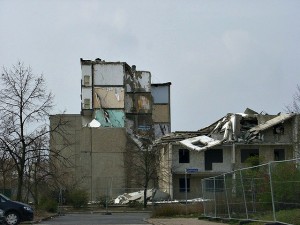
The stained glass in the former school is in socialist realism style. It rises above the top of a flight of stairs. I gaze up to note, on one side, a nurse holding up a healthy infant, while on the other side children from different continents sit diligently at the feet of a teacher or play with construction blocks. Its colours blaze down at me as the light pours through. Gentle agitprop? socialist identity-building for young minds? In radiant reds, blues, cool whites, the image glows with blunt idealism.
These days, the place is no longer a school but a museum of GDR culture. I wander through the rooms, gazing into the display cabinets. They’re full of objects from daily life —food packaging, Pioneersbadges, books, clothing, posters (“Free Angela Carter!”gives me a double take). I’m the only visitor on this rainy weekday afternoon. It’s a cross between a tourist attraction and a sociological survey, but the building itself speaks volumes. Later, my guide is keen to point out the schools to me. Education here meant many things, and these buildings were designed to be special. They announced the importance of preparation for the future. Of all the care that went into the finishing of the buildings here, these received the most attention.
It reminds me that this isn’t any old utopia. Ideology shows up in other ways, too, of course. My guide calls this town a laboratory of socialism. The state had a hand in everything. The lack of historical buildings, for example —no hangovers from the bad old days of capitalism. The plan of the town was designed to focus on the entrance to the steelworks, the point to which everything led. There are open spaces and squares for people to meet, an attempt to encourage community and build communal living. Those imposing, spacious homes—here, privilege fell to the industrial worker. We stop on the corner of Lindenallee and Strasse der Republik to admire an immense socialist realist mural. The mural covers the side of a five-storey office block, and depicts a hand releasing a dove; within the outline of the vast arm are figures of industrial workers, square-jawed and heroic, busy at their duties, while a pattern of steel beams creates an criss-cross background against a layer of summer-sky blue.
It seems too good to be true. There are other sides, of course —the usual waiting lists, for example. The agitprop murals and mosaics. And state control: those green interior spaces in the apartment blocks look like great places to hang out. Ideal to meet neighbours, to relax, to let the children play —ideal, too, for surveillance of inhabitants. Any one who has secrets or unknown visitors would be easily observed here.
It turns out that my guide was a history teacher, back in the day. He mentions that after reunification, he had to learn to give a different kind of lesson. Socialism, he tells me, had a different notion of history from the new state in which he found himself. The past extending, seamlessly, into the future.
These days —
These days, there are easier narratives to map onto this town. The decline in population, a result of the job migration to the wealthier cities of western Germany, is evident here. My guide talks about how many children there had been, in this town full of young worker families. How the place was busy, constantly, full of kids, full of people coming and going at the change of shift in the steelworks. Now, the streets and the squares are quiet, and in spite of the conservation work, the green spaces are overgrown. It would be an easy symbol of the hardship of the new eastern Germany, but as a project it was slipping into the past already by the late 50s, when the state’s favour moved on to other industries. Its energy was lost.
And yet, Eisenhüttenstadt goes on. After reunification, the steel works was bought by an international corporation who have kept their promise not to close the plant. But when a place is preserved, it has museum value; it’s history, finally. Later, I write up my notes in a Berlin cafe before my flight to Heathrow. Berlin’s more stylish these days, and on this summer’s day, full of tourists —a 21st century city, now. But the cafe, an old favourite of mine, comfortingly hasn’t changed from my old life here —same menu, same decor, same beer…I’m right back at home. I reflect on Eisenhüttenstadt, with its squares abandoned to the swallows swooping low between the summer’s rain showers; with its green, silent courtyards and its museum of GDR objects. I have a sense of encountering an era, an expression of a moment in time and place. I wonder if I’ve found the real time capsule after all.
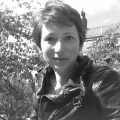
About E.E. Mason
After spending seven years in Berlin, E. E. Mason moved to Vancouver to pursue an MFA in Creative Writing. She now lives in London. Her work has appeared in Malahat Review.

